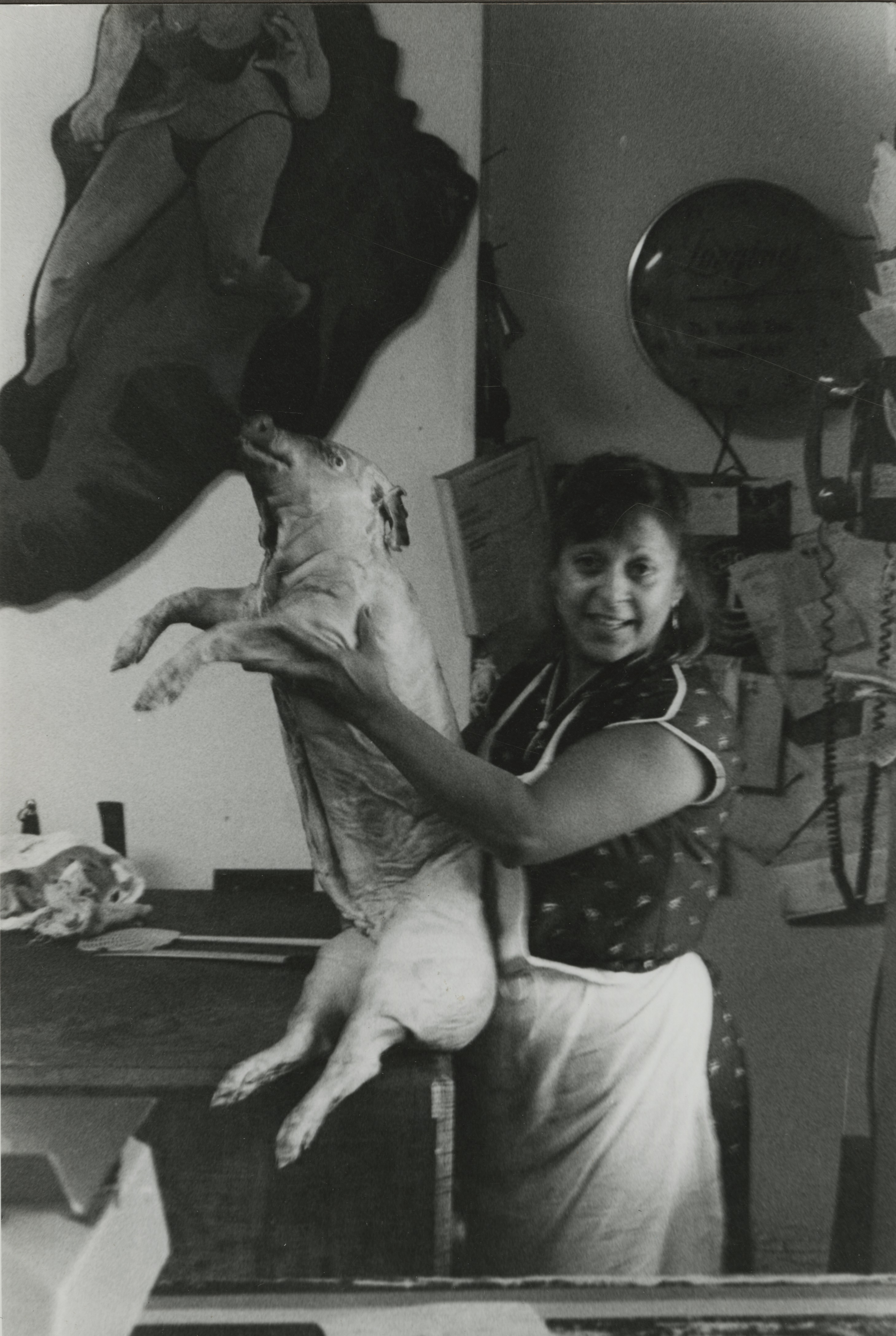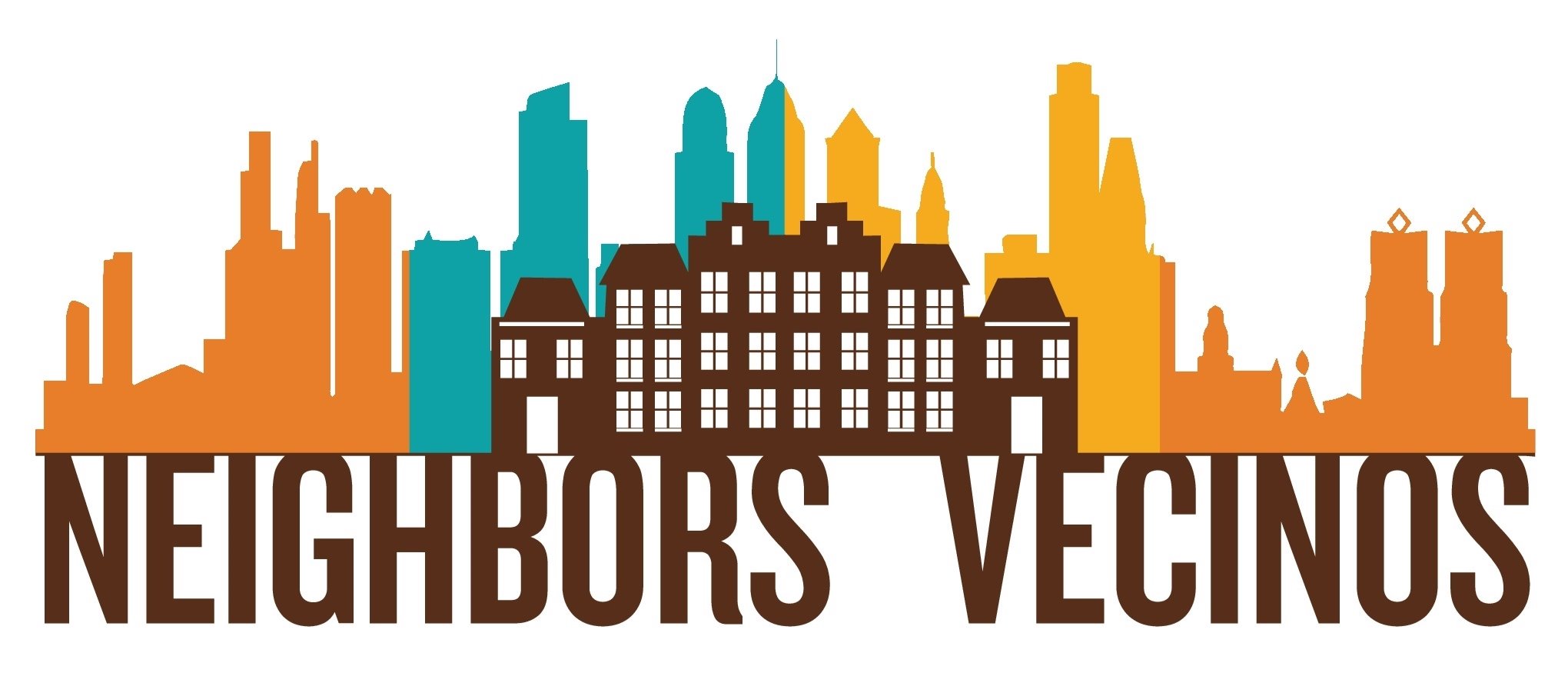1920s: The Jones Act Makes Puerto Ricans U.S. Citizens
 |
|
A Puerto Rican woman holds up a pig that will be roasted for Christmas, a holiday tradition. Image from the archives of Taller Puertorriqueño |
In 1917, Woodrow Wilson was serving as President of the United States. That year, by signing the Jones-Shafroth Act, President Wilson gave Puerto Ricans U.S. Citizenship. The structure of Puerto Rico’s government was modeled after the branches of government present in the United States, with executive, legislative, and judicial branches elected into office. It must be noted however, that the ultimate power of Puerto Rico presided with the President of the United States and, as a territory, was not afforded full constitutional rights.
The Jones Act implemented a shift to recognize all Puerto Rican inhabitants as U.S. citizens without the caveats present in the Foraker Act, enacted in 1900, which only granted citizenship to those born in Puerto Rico after 1898. Despite this progress, however, the Jones-Shaftroth Act was not all-encompassing in giving complete rights to Puerto Ricans. Trial by jury, for example, was not afforded to the people of Puerto Rico.. It did, however, open the possibility for many Puerto Rican men to be drafted in the military. This led to 18,000 Puerto Rican men to serve in World War I.
In 1921, a combination of economic crisis paired with the Puerto Rican citizenship change spurred a decade of migration to the mainland. The number of Puerto Ricans living in the continental United States increased from 1,513 in the 1910s to 11,811 in the 1920s.
Written by Veronica Stickelman, a Documentary Producer and long time Philadelphia resident with an education and keen interest in the social sciences.
See the Spanish version of this page here.
For more context on this event, see the People or Politics pages.
